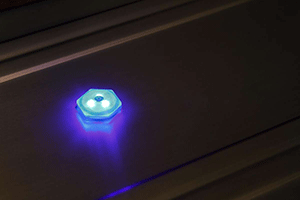HIV and hepatitis C are among the leading causes of worldwide death. According to amfAR, an organization dedicated to eradicating the spread of HIV/AIDS through innovative research, nearly 37 million people are currently living with HIV. Of those 37 million, one third become co-infected with hepatitis C.
The threat of HIV and hepatitis C
The regions hit the hardest by this co-infection tend to be developing parts of the world, such as sub-Saharan Africa and Central and East Asia.
While these developing regions have measures to diagnosis HIV and hepatitis C, the rapid point-of-care tests used are typically unaffordable or unreliable.
An electrochemical solution
A group from McGill University is looking to change that with a recently developed, paper-based electrochemical platform with multiplexing and telemedicine capabilities that may enable low-cost, point-of-care diagnosis for HIV and hepatitis C co-infections within serum samples.


 ECS recognizes outstanding technical achievements in electrochemistry and solid-state science and technology through its Honors & Awards program. There are many deserving members of the Sensor Division among us and this is an opportunity to highlight their contributions.
ECS recognizes outstanding technical achievements in electrochemistry and solid-state science and technology through its Honors & Awards program. There are many deserving members of the Sensor Division among us and this is an opportunity to highlight their contributions.

